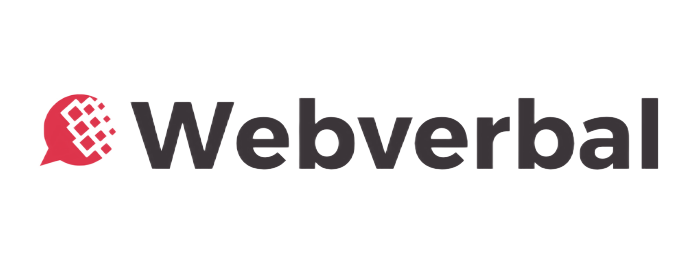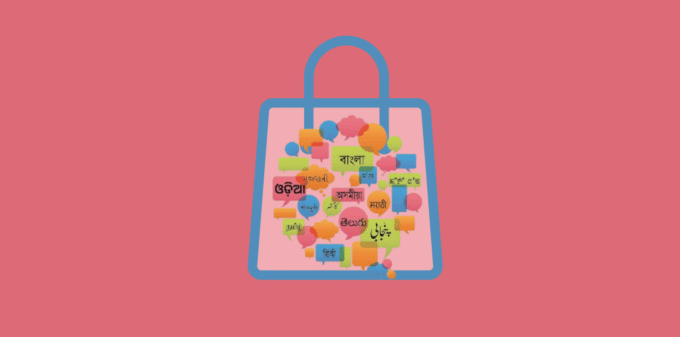Table Of Content
- Why Local Language Marketing Matters in India
- India Speaks More Than Just English
- The Emotional Power of Native Languages
- Local Language Marketing Builds Trust
- Practical Ways to Implement Local Language Marketing
- Case Study: Regional Content Wins
- Challenges in Local Language Marketing
- My Advice to Founders
- FAQs
- Why is local language marketing important in India?
- Is local language marketing expensive?
- Which tools can help with local language marketing?
Why Local Language Marketing Matters in India
Two years ago, I sat in a meeting with my team at Classystreet.
We were brainstorming why our traffic numbers were healthy — but our conversions in Tier 2 and Tier 3 cities remained frustratingly low.
One colleague pointed out something simple yet powerful:
“Sir, our entire website is in English. But the women buying sarees from small towns rarely use English beyond school textbooks.”
That comment sparked my fascination with local language marketing.
Today, I believe local language marketing is one of the biggest growth levers for Indian ecommerce brands.
Here’s why.
India Speaks More Than Just English
India has over 20 officially recognized languages — and hundreds of regional dialects.
In fact, according to the 2021 Indian Census, more than 70% of Indians prefer consuming content in their native language.
Yet, many ecommerce brands still believe English is “enough.” It isn’t.
If you’re selling to Bharat, local language marketing isn’t optional. It’s essential.
The Emotional Power of Native Languages
Here’s a truth I’ve witnessed firsthand:
People trust brands who speak their language.
When customers see ads, websites, or WhatsApp messages in Hindi, Bengali, or Marathi, it feels personal.
It’s not just about translation. It’s about emotional connection.
During Classystreet campaigns, our Hindi Facebook ads converted nearly 2x better than English ads — with the same visuals and offers.
Local Language Marketing Builds Trust
In Bharat, trust is everything.
Local language content:
- Makes brands feel relatable
- Reduces confusion during checkout
- Increases brand loyalty
I remember speaking to a customer from Raipur who said:
“Aapka website Hindi mein hota, toh hum pehle hi saman le lete.”
(“If your website was in Hindi, we’d have bought earlier.”)
Practical Ways to Implement Local Language Marketing
If you’re thinking, “Debansh, this sounds expensive and complex,” here’s the good news:
Local language marketing doesn’t have to be costly. Start small:
Translate key landing pages into Hindi or your target state language.
Create regional social media posts in vernacular languages.
Explore voice search optimization for local languages.
Even modest efforts can deliver significant results.
For more tips, check my earlier post on Ecommerce Marketing Strategies in India.
Case Study: Regional Content Wins
One Indian D2C brand selling herbal skincare products launched Instagram reels in Tamil, Malayalam, and Kannada.
Their engagement shot up 3x in those states.
Their founder told me:
“Earlier, only 15% of our orders came from South India. Now it’s 45% — just because we started speaking their language.”
That’s the power of local language marketing.
Challenges in Local Language Marketing
It’s not all easy.
Accurate translations take time.
Brand tone may get lost in translation.
SEO for vernacular languages remains underdeveloped.
But despite these hurdles, the long-term payoff is undeniable.
My Advice to Founders
If you’re running an ecommerce business in India, start experimenting with local language marketing:
- Begin with one language relevant to your audience.
- Track conversions carefully.
- Keep refining your message.
Remember:
“In India, speaking someone’s language isn’t just marketing. It’s respect.”
PS: Are you already using local language marketing in your ecommerce brand? Drop me a message or connect on LinkedIn. Let’s share insights and make Indian ecommerce truly inclusive.
— Debansh
FAQs
Why is local language marketing important in India?
Because over 70% of Indians prefer native language content, which builds trust and improves conversions.
Is local language marketing expensive?
Not necessarily. Start with simple translations for landing pages or social media posts.
Which tools can help with local language marketing?
Debansh Das Sharma
Debansh Das Sharma is a Mentor for Change with NITI Aayog, founder of ClassyStreet (a handloom-first e-commerce platform), and the voice behind Webverbal. With 11+ years in India’s e-commerce and startup ecosystem, he bridges the raw entrepreneurial spirit of Tier 2 and 3 Bharat with the broader business, investment, and digital ecosystem. His work empowers grassroots founders with real, unfiltered insights rooted in lived experience — not buzzwords.
Follow Me



